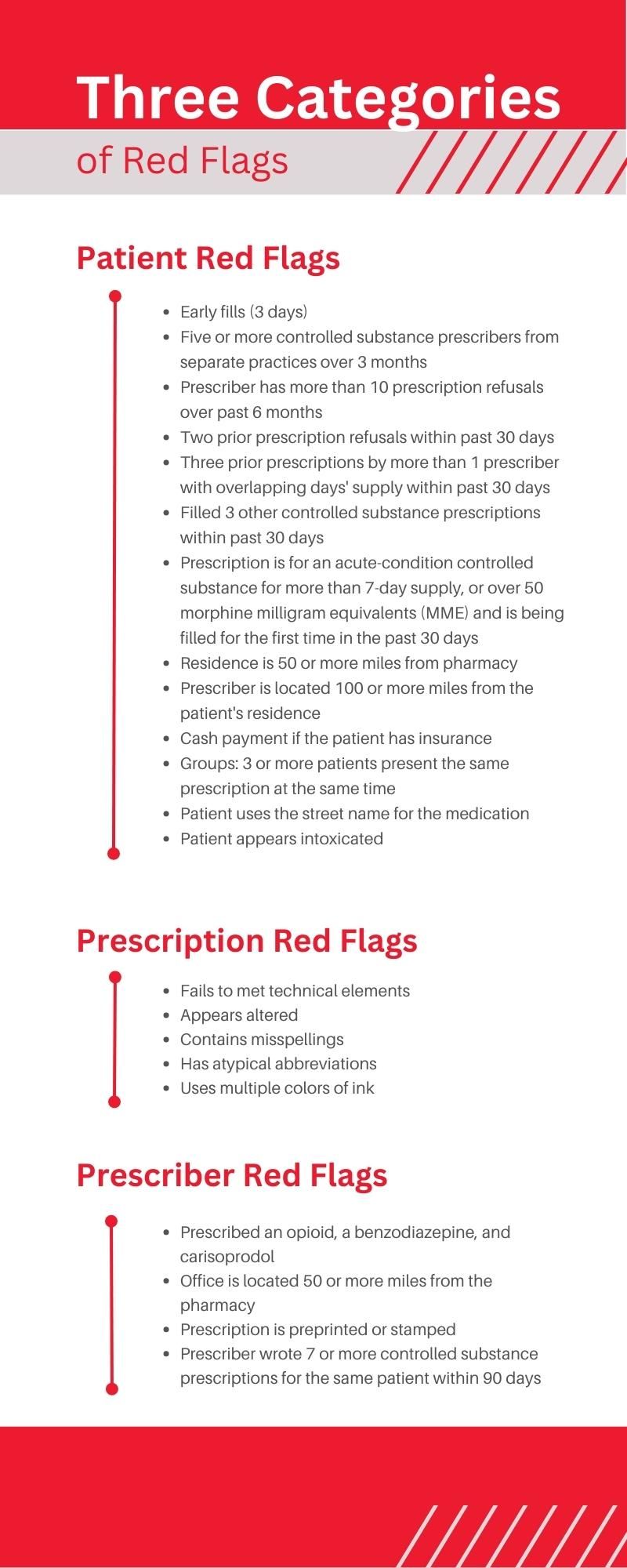
- Drug Topics April 2023
- Volume 167
- Issue 04
National Pharmacy Chain Opioid Settlements Poised to Affect Independent Pharmacies
Stipulations of the settlements include data reporting, annual training, and an independent compliance officer.
Pharmacists across the country have probably seen that the national pharmacy chains will pay more than $13 billion to settle claims related to the opioid crisis.1 They might have read that the details of these settlements vary by state and are hundreds of pages long. But what they may not have heard about are the 20 pages hidden within the settlement agreements that describe the mandatory operational changes that the pharmacy chains will implement for the next 10 years.
Given the number of pharmacies that will be implementing these changes, they could easily become part of the industry standard practices going forward, moving the needle on what customers, pharmacy boards, or even the Drug Enforcement Administration may come to expect from all pharmacies. We summarize below the key operational changes agreed to by the national pharmacy chains.
Controlled Substance Compliance Programs
The national pharmacy chains agreed to implement or maintain a compliance program specific to controlled substances, featuring an independent compliance officer, an oversight committee, policies and procedures, annual training, an anonymous hotline, and periodic reports to senior management. The compliance programs mandated by the settlements are fairly standard for large, regulated companies.
While compliance programs are not mandatory for most pharmacies, such programs can reduce legal risk. Independent pharmacies could look at the full scope of the controlled substance compliance programs described in the opioid settlement agreements and pull out select elements that fit their operations. Doing so now will only benefit pharmacies, as controlled substance enforcement actions are anticipated to increase in the coming years.
Validation of Red Flag Prescriptions
As part of the settlement, the national pharmacy chains agreed to implement a process to verify that controlled substance prescriptions with a red flag are reviewed and verified before being dispensed. The agreement sorts potential concerns into 3 categories: patient, prescriber, and prescription red flags. Within those categories, the agreements have slightly different (but largely overlapping) listsof red flags (see Sidebar). A prescription with a red flag must be verified as legitimate, or the fill must be refused.
Independent pharmacies may find the 3 categories of red flags useful in their assessment of controlled substance prescriptions. Indeed, the list red flags could be a useful reference or training tool. Given that the national pharmacy chains are going to have a specific process to address those red flags, independent pharmacies should consider developing their own processes to help pharmacists identify and resolve red flags, specifically including a process for documenting the decision to fill such prescriptions. This should be a top priority for independent pharmacies.
Prescriber Blocking
The national pharmacy chains agreed to evaluate prescribers who are suspected of writing controlled substance prescriptions for an improper purpose; problematic prescribers will be “blocked” at the corporate level so that no pharmacy within the chain may fill any controlled substance prescription written by the blocked prescriber. The names of blocked prescribers are to be reported to the government. Remarkably, the agreements provide no criteria for determining which prescribers are to be blocked.
The concept of prescriber blocking may not be new,2 but an increase in the number of blocked prescribers could cause waves of new patients to visit independent pharmacies seeking to have their blocked prescriptions filled. This presents both risk and opportunity for independent pharmacies. Independent pharmacies should proactively create a contingency plan in the event national chains block prescribers in their area. This contingency plan should describe the process that will be used to verify or refuse prescriptions from a prescriber blocked by a national chain, including any additional diligence that should be performed.
Data Reporting
The national pharmacy chains agreed to report certain data on controlled substances to state governments, including:
- the names of the top 25 prescribers in the state,
- the total numbers of controlled substances prescriptions filled nationally and in the state,
- the names of any blocked prescribers, and
- the aggregate number of prescriptions that pharmacies in the state refused to fill
Currently, it is unclear what state governments plan to do with those annual reports. We expect these reports will eventually become public. Independent pharmacies should consider whether they want to proactively track similar metrics internally, as data reporting also appears to reflect an expectation by the government that all pharmacies should be refusing to fill some volume of prescriptions. As such, independent pharmacies should consider developing a process for tracking or quantifying refusals to fill.
Jeffrey Fitzgerald, JD, and Erin Thimmesch, JD, practice health care law at Polsinelli PC. They have been involved in numerous opioid investigations, and help pharmacies navigate the operational challenges posed by controlled substance dispensing.
References
1. National opioids settlement. Accessed March 15, 2023. https://nationalopioidsettlement.com/
2. Betses M, Brennan T. Abusive prescribing of controlled substances—a pharmacy view. N Engl J Med. 2013;369:989-991. doi:10.1056/NEJMp1308222
Articles in this issue
over 2 years ago
Case Study: Treating Infants for Cannabis Exposureover 2 years ago
Oral Treatment Approved for Anemia Caused by CKDover 2 years ago
A Return to Normalcyover 2 years ago
Oncology Pharmacists Are Crucial in Skin Cancer Managementover 2 years ago
A Biosimilar Wave Looms Large Over US Biologics Marketover 2 years ago
The JAK Inhibitor Pipeline Builds in Dermatologyover 2 years ago
Kudos to WHOover 2 years ago
How Pharmacists Should Talk So Vaccine-Hesitant Parents Listenover 2 years ago
Safety, Accuracy of Dexcom G7 CGM Evaluated in T1D and T2DNewsletter
Pharmacy practice is always changing. Stay ahead of the curve with the Drug Topics newsletter and get the latest drug information, industry trends, and patient care tips.






























































































































